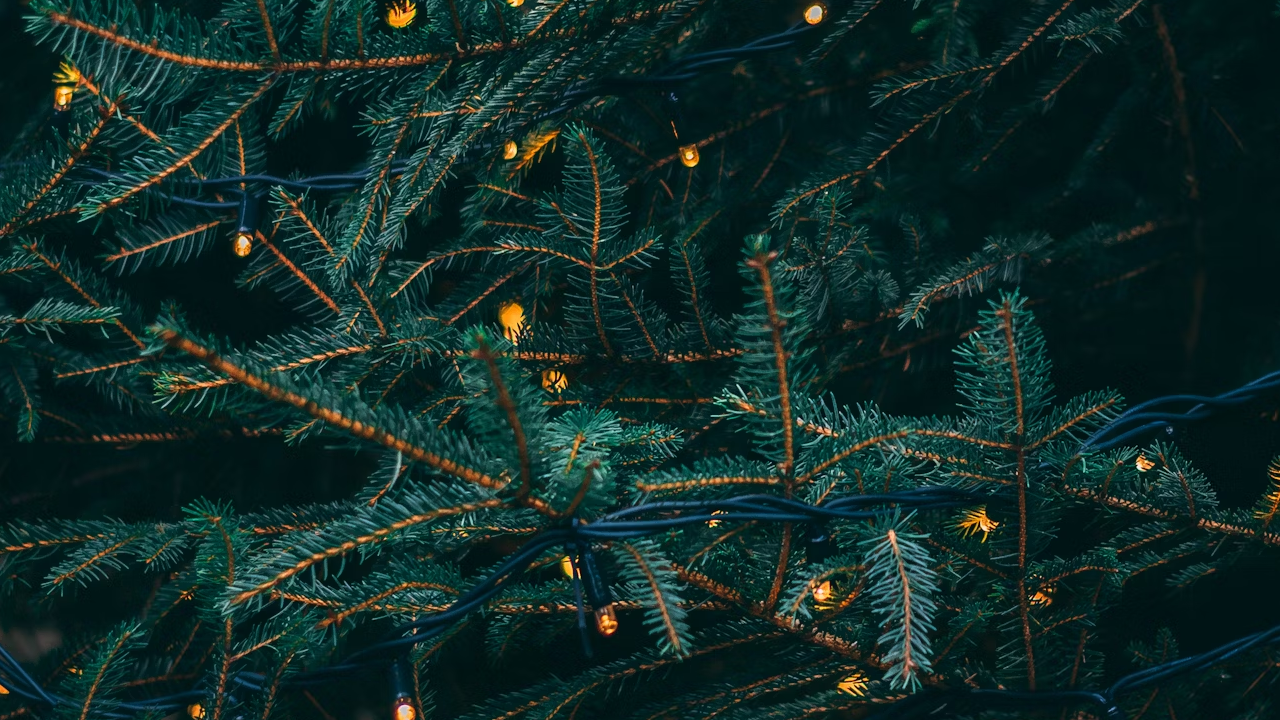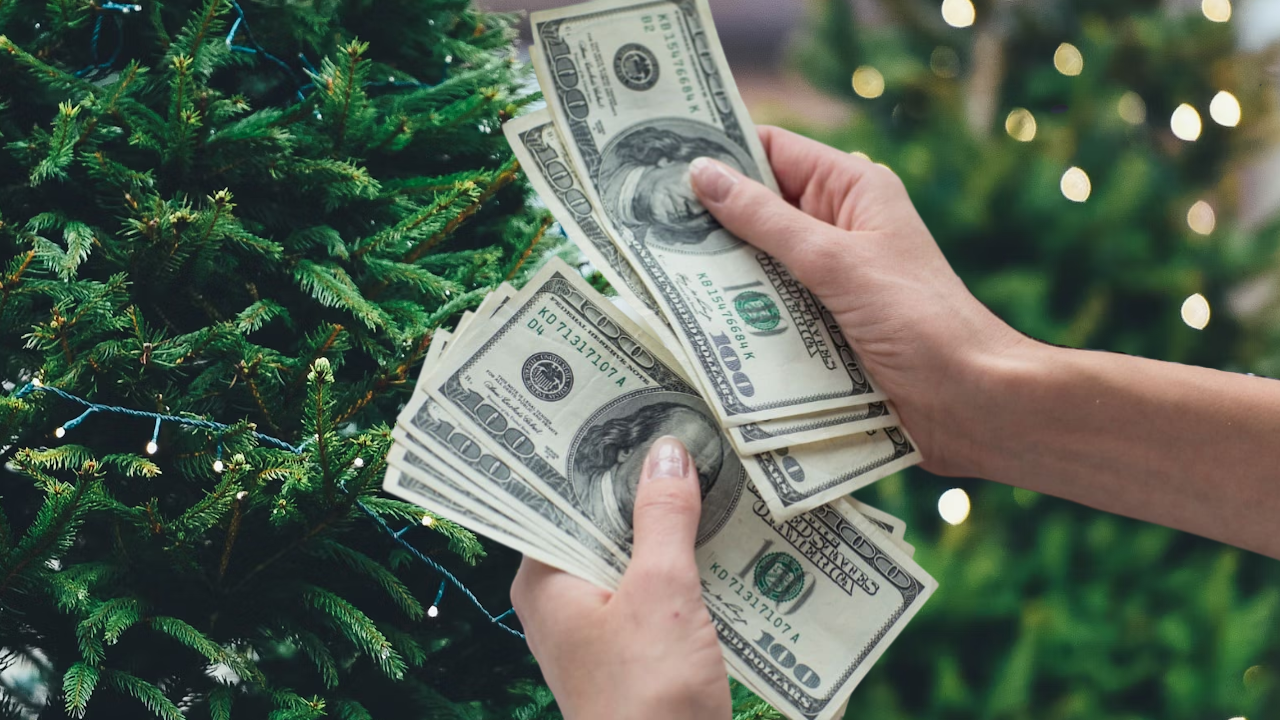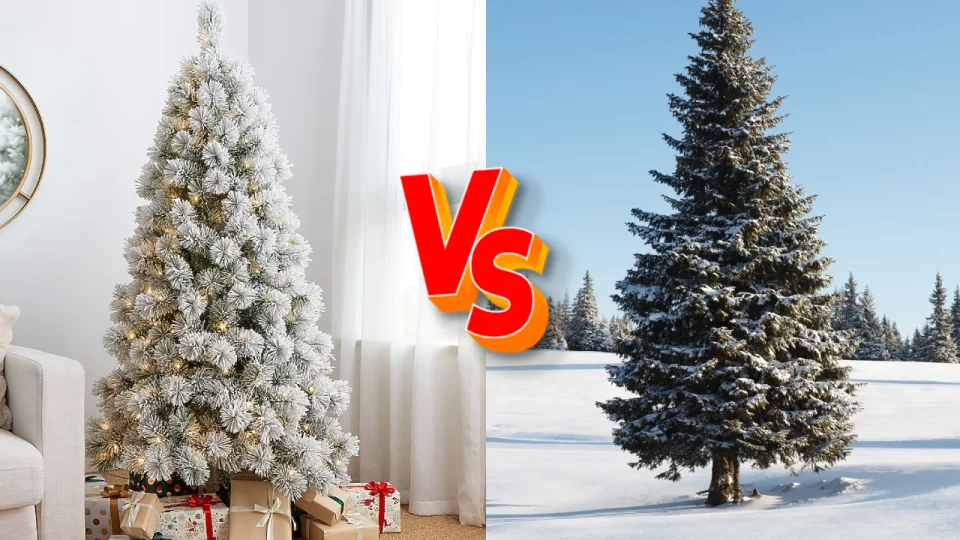As the holiday season approaches, families and friends start to plan one of the most cherished holiday traditions—selecting the perfect Christmas tree. For some, the ritual of choosing a fresh, aromatic tree from a local farm signals the start of festive celebrations, while others find joy in unpacking a tried-and-true artificial tree that has become a family staple.
Each type of tree has its loyal supporters, and each offers a unique experience that shapes holiday memories. But with growing awareness about environmental impact, convenience, cost, and aesthetics, the decision between a natural and an artificial tree has become more complex than ever.
Table of Contents
1. Environmental Impact: Natural vs. Artificial Christmas Trees
One of the most critical factors people consider today is the environmental impact of their choices. Let’s take a closer look at the ecological consequences of both natural and artificial trees.
Natural Christmas Trees: Pros and Cons
Natural Christmas trees are typically grown on farms specifically for holiday purposes. Some people mistakenly believe that cutting down a tree harms the environment, but this is not entirely accurate. In fact, most Christmas tree farms operate sustainably and plant a new tree for each one they harvest, thus ensuring a continuous cycle of growth and replanting.
Pros of Natural Trees:
- Carbon Absorption: Christmas tree farms play an essential role in absorbing carbon dioxide from the atmosphere. During their life cycle, natural trees absorb CO2 and release oxygen, improving air quality.
- Biodegradability: Once the holiday season is over, natural trees can be recycled or composted, turning into mulch or being used for other environmental purposes. They are fully biodegradable, which reduces waste in landfills.
- Support for Local Economy: Buying a natural tree often means supporting a local farm or tree grower, which can have positive economic and community impacts.
Cons of Natural Trees:
- Carbon Footprint of Transportation: Since Christmas tree farms are often located far from urban centers, transporting the trees contributes to carbon emissions.
- Use of Pesticides and Fertilizers: Some farms use pesticides and fertilizers to grow trees faster, which can have a negative environmental impact by contributing to soil and water pollution.
Artificial Christmas Trees: Pros and Cons
Artificial trees are typically made from polyvinyl chloride (PVC), a plastic that has an environmentally damaging production process. Many are manufactured overseas, which means they must be transported over long distances before they reach consumers. Although artificial trees can be reused year after year, they still come with significant environmental downsides.
Pros of Artificial Trees:
- Longevity and Reusability: One of the main environmental advantages of artificial trees is their longevity. When used for multiple years, they reduce the need to cut down additional trees or produce new ones.
- No Need for Pesticides or Fertilizers: Artificial trees do not require any of the chemicals needed to grow natural trees, which can reduce environmental pollution.
Cons of Artificial Trees:
- Non-Biodegradable Materials: Artificial trees are typically made of plastic and metal, which means they do not decompose. When disposed of, they contribute to long-term waste in landfills.
- Carbon Emissions from Manufacturing and Shipping: The manufacturing process for artificial trees often involves toxic chemicals, and their global transport can result in a significant carbon footprint.
Verdict on Environmental Impact
For those concerned primarily with reducing their ecological footprint, natural trees are generally the better choice, especially if they are locally sourced and recycled after the holidays. However, if you plan to reuse an artificial tree for at least a decade, its environmental impact might even out with that of a natural tree.
2. Aesthetic Appeal: Natural vs. Artificial Christmas Trees

The look, feel, and scent of a Christmas tree play a significant role in creating a festive atmosphere. Here’s how natural and artificial trees compare in terms of aesthetics.
Natural Christmas Trees
Natural trees vary in color, shape, and size, making each one unique. They offer the classic pine or spruce scent, which many people associate with Christmas. The sight of a fresh, natural tree can evoke a nostalgic charm, reminding people of past holidays. Certain types of natural trees, such as firs, have soft needles that retain their greenery and needles longer, reducing messiness.
However, natural trees do require regular watering to keep their vibrant green color, and they may lose needles over time, which requires additional cleanup.
Artificial Christmas Trees
Artificial trees come in various styles, from traditional green trees that closely mimic the look of real pine or fir to more creative options in white, silver, or even multicolored designs. Many artificial trees are pre-lit, which adds convenience for people who don’t want to hassle with string lights. The shape of an artificial tree is usually symmetrical and consistent, making it look “perfect” from every angle. This may appeal to those who prefer a cleaner, more polished look.
However, some people argue that artificial trees lack the authentic charm and scent of a natural tree. Despite scented sprays and ornaments, it’s hard to replicate the fresh, natural smell that fills a home when you bring in a real tree.
Verdict on Aesthetic Appeal
When it comes to aesthetics, it’s a matter of personal preference. If you value the authenticity and scent of a real tree, a natural one is ideal. On the other hand, if you prioritize symmetry and the convenience of a pre-lit option, an artificial tree might be better suited to your tastes.
3. Cost Comparison: Natural vs. Artificial Christmas Trees

Budget is a practical consideration when deciding between a natural and an artificial Christmas tree. While both types of trees require an upfront investment, the total cost can vary depending on several factors.
Cost of Natural Christmas Trees
The price of natural trees varies depending on the type of tree, its height, and your location. On average, a natural Christmas tree costs between $50 and $100. Premium trees, such as Fraser firs or Noble firs, can cost even more. Moreover, natural trees must be purchased every year, which means the cost accumulates over time. If you’re looking for a large tree or a particular species, the price may be even higher.
Cost of Artificial Christmas Trees
The upfront cost of an artificial Christmas tree is typically higher than that of a natural one. A decent-quality artificial tree costs between $100 and $300, with high-end models priced at $500 or more. However, an artificial tree can last for several years, making it a one-time investment for many families.
Verdict on Cost Comparison
If you’re looking for a lower upfront cost, a natural tree might be more appealing. However, if you plan to use the same tree for several years, an artificial tree could be a more cost-effective choice in the long run.
4. Health and Safety Considerations
Safety is another crucial factor to consider, particularly if you have children or pets. Both natural and artificial trees have associated health and safety considerations.
Safety of Natural Christmas Trees
A dry natural tree can become a fire hazard if not properly maintained. It’s essential to keep natural trees well-watered and away from heat sources to reduce the risk of fire. Additionally, natural trees may carry allergens, like mold or pollen, which could cause respiratory issues for some people.
Safety of Artificial Christmas Trees
Artificial trees are generally safer from a fire hazard perspective, as many are manufactured to be flame-retardant. However, some lower-quality artificial trees may contain toxic chemicals, like lead or PVC, which could pose a risk to young children or pets if ingested or inhaled over time.
Verdict on Health and Safety
For families concerned about allergies, artificial trees may be a safer choice. However, with proper care and maintenance, a natural tree can be a safe option as well.
5. Convenience and Maintenance
Modern life can be hectic, and convenience is often a key factor in holiday decisions. Let’s examine the maintenance involved with each type of tree.
Maintenance of Natural Christmas Trees
A natural tree requires regular watering to keep it from drying out, as well as sweeping up fallen needles. Natural trees also need to be disposed of after the holiday season, which may require a trip to a recycling center or following your local municipality’s disposal program.
Maintenance of Artificial Christmas Trees
Artificial trees are extremely low-maintenance. Once set up, they don’t need watering, and there’s no need to worry about needle drop. Many artificial trees are pre-lit, which can save time and effort in decorating. When the season is over, they can be packed up and stored until next year.
Verdict on Convenience
For those looking for minimal maintenance, artificial trees are the clear winner. Natural trees require a bit more effort, but some people enjoy the routine of caring for a real tree as part of their holiday tradition.
